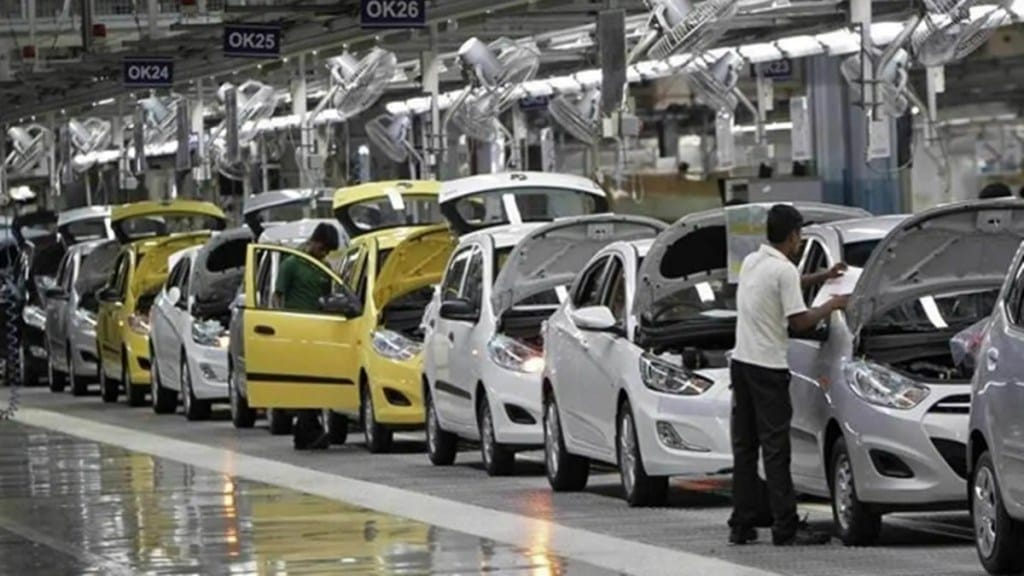By: Manav Kapur, Executive Director, Steelbird International
The common trend in the Indian auto component industry is more imports and less export, resulting in a trade deficit. However, the financial year 2021-22 has been an exception as for the first time ever the industry witnessed a significant trade surplus of $700 million. The auto components industry registered its highest-ever turnover of Rs 4.2 trillion in FY22, at a staggering growth rate of 23 per cent; mostly backed by its unprecedented performance in exports and aftermarket.
According to the Automotive Component Manufacturers Association of India (ACMA), the total exports grew by 43 percent during the financial year as compared to just a 33 percent rise in imports. Among the major items that were mostly exported during the same time were drive transmission and steering, engine components, body, chassis, suspension, and brakes. The auto component aftermarket witnessed a significantly high turnover of Rs 74,203 crore in FY 2021-22 at a year-on-year growth rate of 15 per cent.

The steep rise in exports comes at a time when most economists and experts in India were predicting a partial recession and uneven recovery going forward. While the government is taking a lot of measures to get the economy to act together, experts still view that the recovery has still been uneven. There are also some external issues which can drive the recession like the large current account deficit.
The Indian auto component industry mostly caters to the original equipment manufacturers (OEMs) in the industry and tier-I suppliers in large external markets. Almost two third of the exports by the auto component players are made to Europe and North America. The government has been introducing many changes in making policies more sustainable to encourage exports and this has been one of the key reasons behind the steady recovery of the auto component industry post pandemic.
Also Read: Top 5 upcoming Royal Enfield bikes in India in 2023: New Bullet, Himalayan 450 & more
High estimated GDP growth in 2022-23, strong demand in the domestic vehicle market, the surge in exports, focus on clean and new technology, states’ electric vehicles policy and the government’s production-linked incentive (PLI) scheme have been the key drivers in the exponential growth of the auto components industry in India. Although the government and the industry players putting a renewed focus on the transition to clean mobility, the sale of auto components in the electric vehicle sector stood at Rs 3,520 crore in FY 2021-22, just one per cent of the total auto component sold during the financial year.
However, the industry players along with the support from the government are still addressing key challenges like shortage of chips, high raw material and logistics cost, availability of containers for transport of auto components, increasing inflation, rising fuel prices, high insurance cost, less than expected growth in two-wheeler segment and high GST rates on auto components.
Disclaimer: The views and opinions expressed in this article are solely those of the original author. These views and opinions do not represent those of The Indian Express Group or its employees.



















